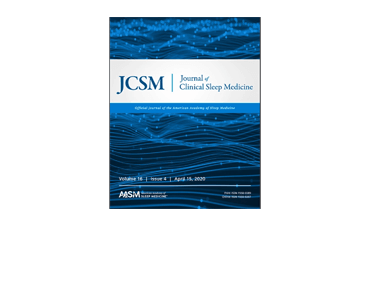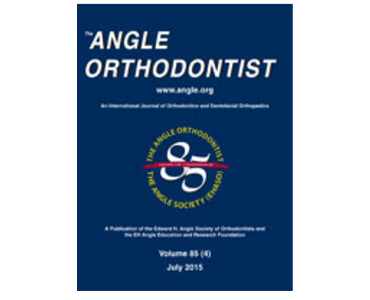Effect of facial profile convexity on the perception of mandibular asymmetry using three‐dimensional stereophotogrammetric images. GS Duran, FÖ Taşdelen, F Dindaroğlu.
Date: September 2019. Source: Orthodontics and Craniofacial Research 2020;23:110–117. DOI: 10.1111/ocr.12349. Objective: The aim of this study was to test the hypothesis that sagittal anomalies have an effect on the perception of mandibular asymmetry. Secondly, it aimed to determine the asymmetry perception threshold of orthodontist and laypeople. Setting and Sample Population: A total of 90…








